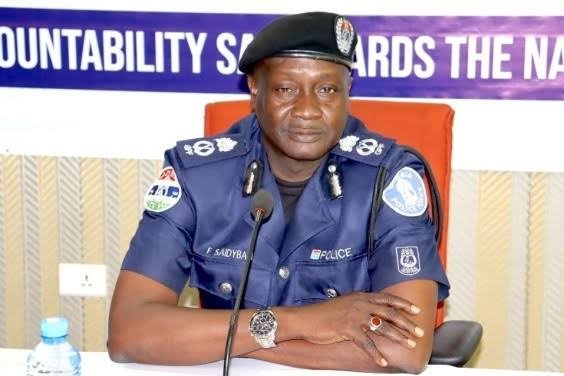The parliamentary committee investigating the disposal of former president Yahya Jammeh’s frozen assets has questioned Famara Saidybah, the controller of government vehicles, about a controversial Mitsubishi Pajero.
The vehicle was reportedly recovered from Captain Birray Jammeh at Brufut AU Villas but was later listed under the name of one Njaga, connected to Majum Estate—an estate believed to have links to President Adama Barrow.
Committee member Hon. Omar Jatto Ceesay pressed Mr. Saidybah to clarify how the vehicle ended up bearing those names instead of being officially recorded as property assigned to the president’s residence.
Saidybah responded that the Pajero was allocated for use at President Barrow’s residence in Yarambamba and that Njaga’s name only appeared for “identification purposes.” This explanation, however, drew sharp criticism from other committee members, who questioned why the documentation did not clearly reflect its use at the presidential residence.
One lawmaker expressed suspicion that vehicles may have been distributed among individuals instead of being properly assigned to government institutions. Saidybah insisted that the names were used merely for verification, maintaining that the car was indeed meant for the president’s residence.
—
Vehicle Controller Bought Jammeh’s Car for D20,000
During the inquiry, Saidybah also admitted that he personally bought one of the seized vehicles from Jammeh’s fleet—a Pick-Up—at a cost of D20,000.
When asked why his name appeared multiple times in the list of buyers, Saidybah argued that there are several people in the country with the same name and maintained that he only purchased one car.
—
Over 360 Jammeh Vehicles Counted
Saidybah further revealed that following Jammeh’s departure, his team counted a total of 366 vehicles belonging to the former leader. This included luxury cars such as Rolls Royces and Limousines.
Out of these, only 122 were found to be roadworthy, 120 were not functional, while 124 were classified as scrapped. He added that in the process, some vehicles were seized from individuals, security officials, and institutions. Many of these were later reassigned by the coalition government to incoming officials.
However, discrepancies were noted in the figures provided. Saidybah attributed these inconsistencies to duplications during the counting process.



